The moon will not interfere with observation
The peak of one of the most noticeable meteor “showers” - Leonid — is expected on the night of November 18.
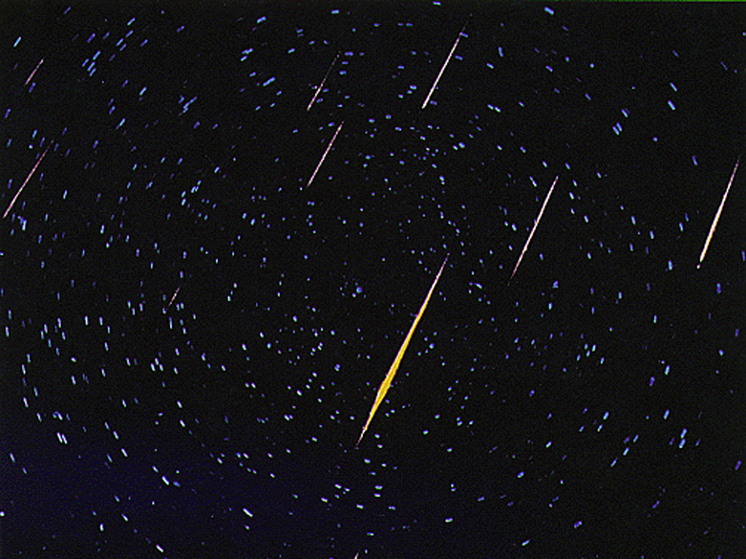
The Leonids received their name from the constellation Leo, from which, as it seems to an earthly observer, they fly to Earth. The meteor shower is nothing more than particles from the tail of Comet Tempel-Tuttle.
This celestial body was named after its discoverers William Tempel and Horace Tuttle, who spotted the new comet within days of each other in 1865-66 .
Despite the fact that the comet makes one orbit around the Sun once every 33 years, its dust plume remains along its entire orbit and the Earth passes through its section once a year, in mid-November. This year's meteor shower began on November 3 and will end on December 2. On November 18, meteor lovers will be able to observe the peak of their fall after midnight. The growing crescent moon will not interfere with this. Astronomers at the Institute of Applied Astronomy of the Russian Academy of Sciences recommend peering into the sky in the absence of clouds to the right and left of the Big Dipper, next to the constellation Leo, which rise in the east. Every hour, 10-15 “rains” will fall from the radiant, flying at a speed of 71 km per second.
According to the Moscow Planetarium, the brightest Leonid shower recorded in history occurred in 1833. The inhabitants of the earth then simultaneously observed thousands of luminous tracks in the sky, reminiscent of snow flakes. In 1966, during the Leonid meteor storm, observers counted up to 10,000 (!) meteors per hour, that is, 2 or 3 meteors per second. According to the forecast of the International Meteor Organization (IMO), the next storm of this magnitude may not occur until 2099.



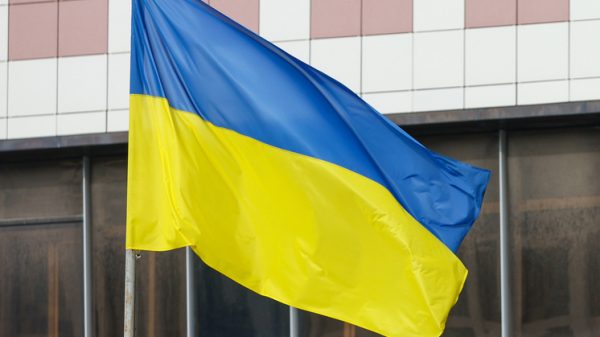
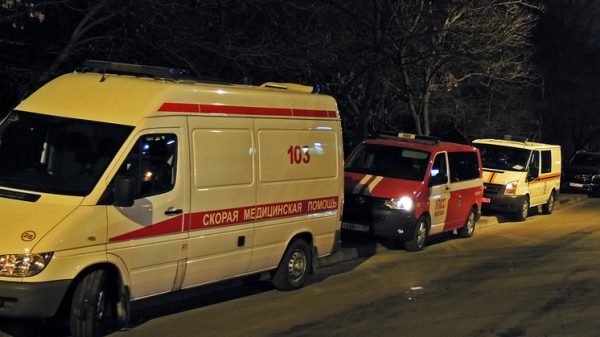
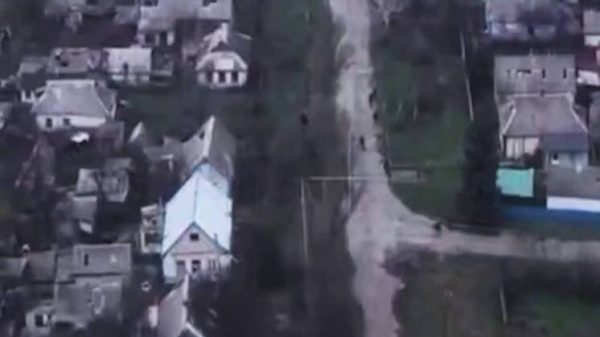

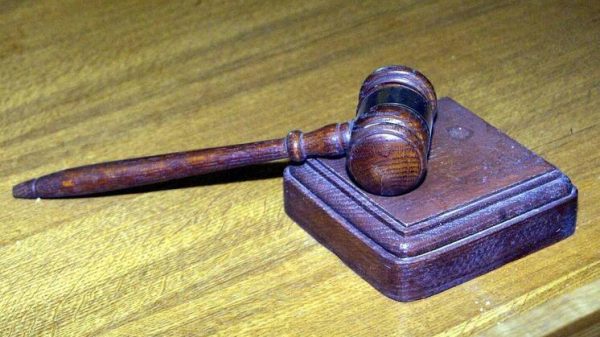







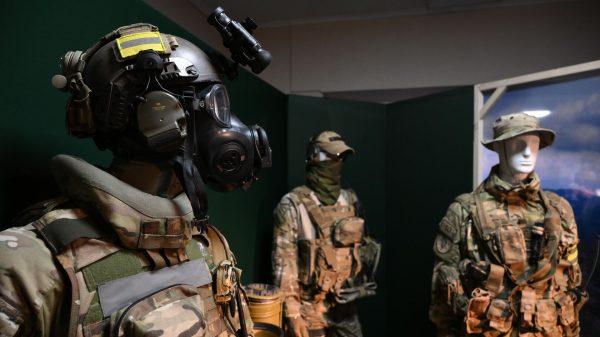
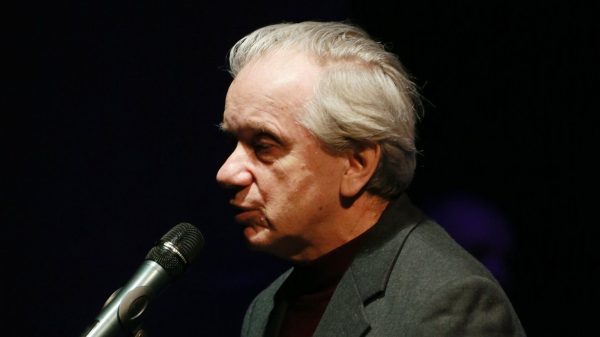


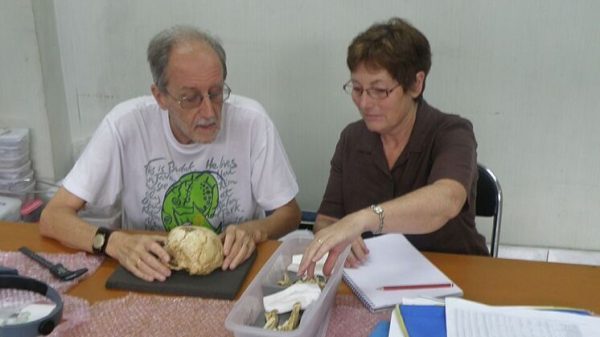

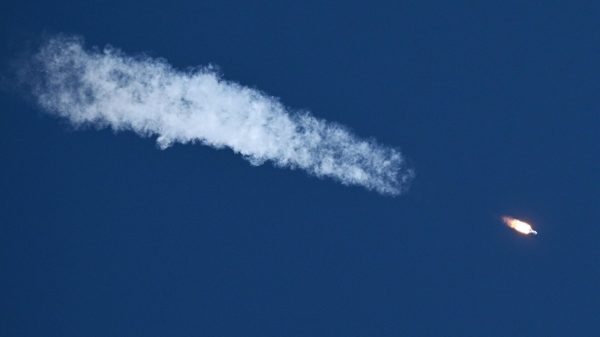















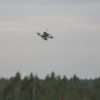
















Свежие комментарии